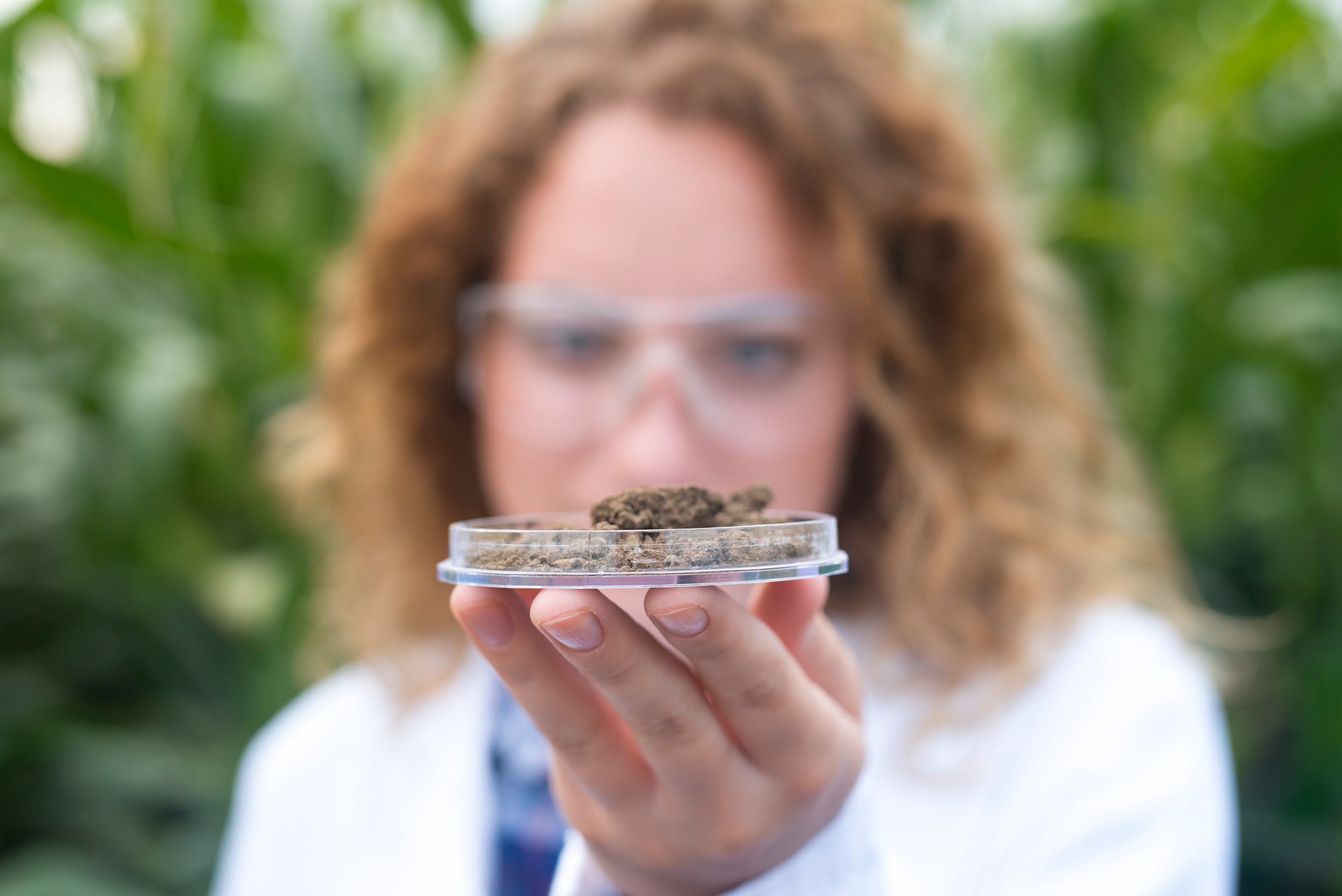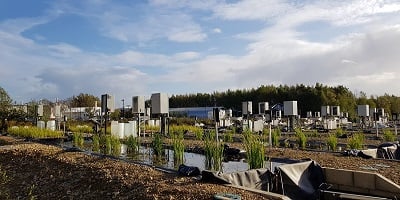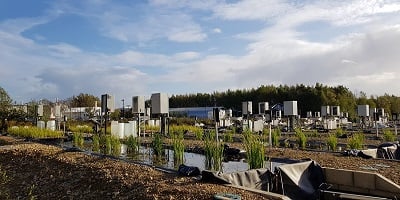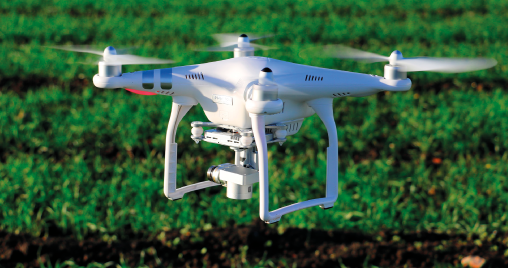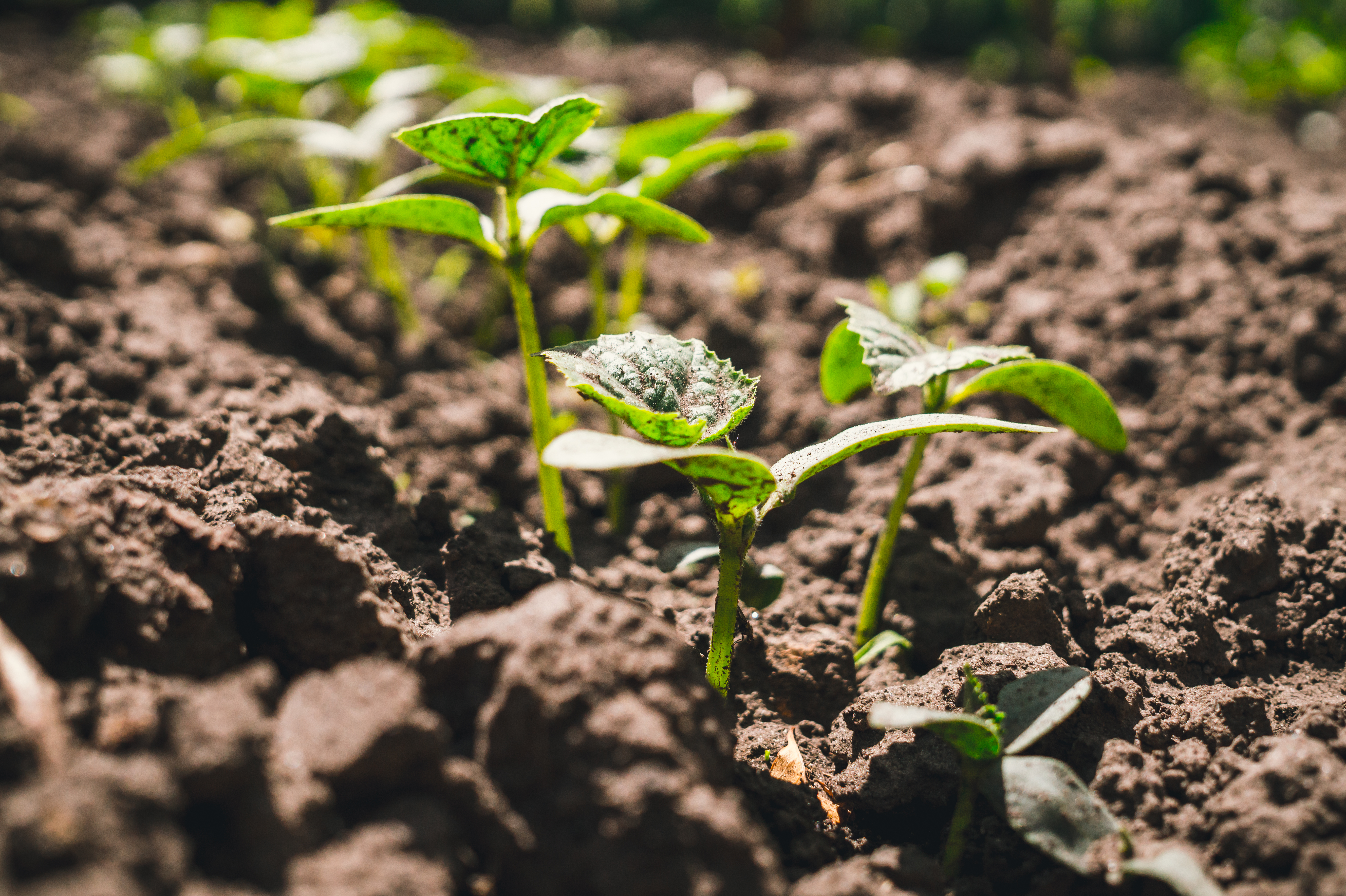Soil is the foundation of agriculture, influencing everything from crop yields to carbon storage and ecosystem stability. However, the quality of soils has steadily declined over the years, shaped by practices like intensive farming, heavy use of chemicals and poor land management.
Our understanding of soil health has evolved. It’s no longer enough to look only at isolated chemical and physical properties, we now know that biology plays a big part too.
Beneath the surface lies a less explored but increasingly promising avenue for soil restoration: the soil microbiome. This diverse community of soil , including microfauna such as bacteria and fungi and protozoa; mesofauna including mites, springtails and nematodes, play an essential role in the health and vitality of our soils. Their ability to support soil fertility, growth, and environmental resilience suggests they could offer a more sustainable and long-term solution for regenerating soil health.
Why is soil health important?

A healthy soil supports plant growth, regulates water flow, stores carbon, and fosters biodiversity, making it fundamental to food production and environmental stability. Unlike the traditional view of soil as an inert medium, soil health recognises the dynamic interactions between its physical, chemical, and biological components.
1. Sustaining agriculture and food security
Healthy soils provide essential nutrients and water to crops while supporting beneficial microbes. When soil becomes degraded, yields decline, increasing reliance on fertilisers and threatening long-term food security.
2. Enhancing biodiversity and ecosystem services
Soil hosts a rich variety of organisms from micro- to macrofauna that cycle nutrients, break down organic matter, and suppress disease, helping maintain ecological balance, while relying less on chemical inputs.
3. Mitigating climate change
Soils act as a major carbon sink by storing organic matter, reducing atmospheric CO₂. Agricultural production systems are responsible for >40% of GHG emissions. Proper soil management can enhance this natural capacity of soil that require less fertiliser application, decrease the need for energy-intensive inorganic fertiliser production and limiting further increases in GHG emission.
4. Regulating water and preventing erosion
Healthy soils absorb and retain water, filtering pollutants and reducing the risk of flooding, drought, and erosion supporting both agriculture and clean waterways.
5. Supporting human and animal health
Healthy soils produce nutrient-dense crops, which are essential for balanced human and animal diets. However, as soils become depleted, the nutritional value of our food may decline. This is an issue that has been increasingly linked to rising animal and human health concerns. Maintaining fertile soils not only supports productive farming but also contributes to better nutrition and long-term public health.
The role of microbiomes in soil health
The soil microbiome, a rich community of bacteria, fungi, and their interactions with higher order organisms actively contribute to essential processes like nutrient cycling, soil structure improvement, plant growth promotion, and disease suppression.
Understanding the intricate relationships within the soil opens up new possibilities, offering a holistic and sustainable alternative for improving soil health. Here’s a closer look at some keyways the soil microbiome improves soil health:
1. Nutrient cycling
Microbes drive natural nutrient cycles by breaking down organic matter and making key elements like nitrogen, phosphorus, and potassium available to plants. Some even fix atmospheric nitrogen. These natural processes can be used to break down applied organic fertilisers and can complement the targeted use of inorganic fertilisers, offering a more integrated and sustainable approach to soil fertility.
2. Improving soil structure & water retention
Microbes and their excreted exudates help form stable soil aggregates, improving aeration, moisture retention, and resistance to erosion. These soil-improving microbiome outputs help to create a healthy root environment with plenty of pores and air gaps, allowing roots and specialised root hairs to access O2, water and nutrients.
3. Enhancing disease suppression
Beneficial microbes act as natural biocontrol agents by outcompeting or inhibiting harmful plant pathogens. This supports stronger, more resilient crops and can reduce reliance on crop protection products, which are becoming less effective as pests develop resistance.
4. Detoxification of pollutants
Certain microbes can adsorb and/or detoxify harmful substances like heavy metals and pesticides by assimilating these substances and in some cases converting these substances into less harmful ones, or by excreting extracellular enzymes that degrade pollutant substances. These microbial processes are widely believed to be a means to help rehabilitate degraded land and safeguard environmental health.
5. Carbon sequestration & climate resilience
Microorganisms contribute to carbon sequestration by stabilising plant-fixed carbon in the soil; this is primarily through the microbial digestion of dead/decaying plant roots or plant root exudates. Eventually, these carbon sources are converted into dead microbial cells and other microbial breakdown products, which are inaccessible to other microbes, and are consequently sequestered in the soil. Soils with higher organic carbon (includes carbon that is accessible and inaccessible to microbes) have been shown to improve crop yield up until an optimum level depending on crop species. Microbiomes that ensure high levels of soil carbon sequestration can therefore boost long-term soil fertility and productivity.
Steps toward a microbiome approach
 The growing awareness of soil degradation has brought much-needed attention to sustainable soil management, yet the role of microbiomes in this space is still emerging. While research has established that soil microbes are fundamental to nutrient cycling, soil structure, and plant resilience, their full potential remains largely untapped in agricultural systems.
The growing awareness of soil degradation has brought much-needed attention to sustainable soil management, yet the role of microbiomes in this space is still emerging. While research has established that soil microbes are fundamental to nutrient cycling, soil structure, and plant resilience, their full potential remains largely untapped in agricultural systems.
A microbiome-focused approach presents an opportunity to shift from short-term interventions toward a more comprehensive, resilient strategy for soil health. Key recommendations include:
1. Soil monitoring and research
Location-specific data on microbial diversity and function are essential to guide tailored interventions and track changes over time.
2. Education and awareness
Clear, practical training and demonstration sites can help farmers, advisors, and policymakers confidently adopt microbiome-based practices.
3. Policy and regulatory support
Policies should promote microbial-friendly farming, and expand incentives for regenerative approaches that covers bare soils and restore natural soil functions.
4. Innovation and technology development
Tools like microbial inoculants, biodegradable biostimulants, and AI-driven soil sensors can make microbiome management more precise and accessible.
5. Cross-sector collaboration
Partnerships across research, industry, and government are essential to scale innovation and share knowledge effectively.
How can Fera support with this
Embracing a microbiome-first approach won’t just change how we farm, it will reshape how we think about soil, food, and our connection to the environment.
Fera is helping bridge the gap between research and real-world application, supporting growers, policymakers, and innovators to make soil health a central pillar of a sustainable future. Explore our case studies to discover how Fera experts have been supporting farmers in improving their soil health.



